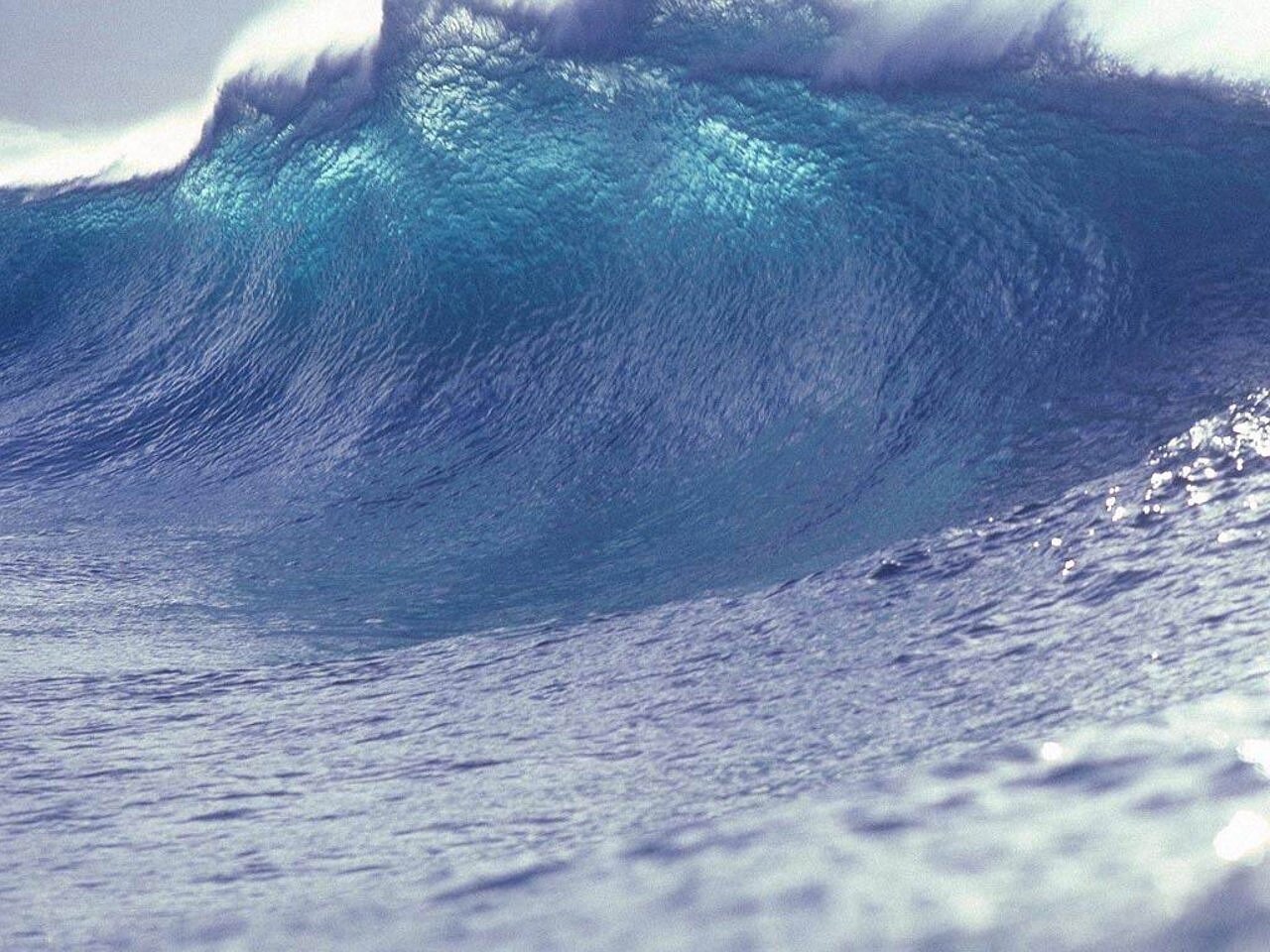Understanding California's Tsunami Threat: Areas Most At Risk

Welcome to your ultimate source for breaking news, trending updates, and in-depth stories from around the world. Whether it's politics, technology, entertainment, sports, or lifestyle, we bring you real-time updates that keep you informed and ahead of the curve.
Our team works tirelessly to ensure you never miss a moment. From the latest developments in global events to the most talked-about topics on social media, our news platform is designed to deliver accurate and timely information, all in one place.
Stay in the know and join thousands of readers who trust us for reliable, up-to-date content. Explore our expertly curated articles and dive deeper into the stories that matter to you. Visit Best Website now and be part of the conversation. Don't miss out on the headlines that shape our world!
Table of Contents
Understanding California's Tsunami Threat: Areas Most at Risk
California, known for its stunning coastline and vibrant cities, faces a less glamorous reality: a significant tsunami threat. While not as frequent as earthquakes, tsunamis pose a devastating risk to coastal communities, demanding preparedness and understanding. This article delves into the specific areas most vulnerable to tsunami inundation in California, the science behind these events, and what you can do to stay safe.
The Science Behind California Tsunamis:
California's location along the Pacific Ring of Fire, a zone of intense seismic activity, makes it susceptible to tsunamis. These massive waves are primarily generated by underwater earthquakes, volcanic eruptions, or submarine landslides. A significant earthquake along the Cascadia Subduction Zone, a fault line off the coast of Oregon and Washington, poses the most significant threat to California. While a direct hit is less likely, the resulting tsunami could still generate devastating waves along the California coast. Other potential sources include earthquakes along the San Andreas Fault system, although these are less likely to generate tsunamis of the same magnitude.
California's Most Vulnerable Areas:
Several factors determine a region's vulnerability to tsunamis, including proximity to the epicenter, coastal topography, and the presence of bays and inlets that can amplify wave effects. Here are some of the areas considered most at risk:
-
Northern California: Areas like Crescent City, Eureka, and Mendocino County are particularly vulnerable due to their proximity to the Cascadia Subduction Zone. The relatively shallow continental shelf in these areas allows for greater wave amplification.
-
Central California: Monterey Bay and the Santa Cruz area are at risk due to their exposed coastline and the potential for wave reflection and amplification within the bay itself.
-
Southern California: While seemingly less exposed to the Cascadia threat, Southern California's coastal cities, including Los Angeles, Long Beach, and San Diego, are still vulnerable to distant tsunami events. The geometry of the coastline and the presence of harbors can lead to localized flooding.
Understanding Tsunami Warning Systems:
California boasts a robust tsunami warning system. The National Oceanic and Atmospheric Administration (NOAA) monitors seismic activity and issues warnings through various channels, including the National Tsunami Warning Center (NTWC). It's crucial to understand these warning systems and know how to react to alerts.
Preparing for a Tsunami:
Personal preparedness is vital. Here's what you should do:
- Develop an evacuation plan: Identify your evacuation route and designated meeting points. Familiarize yourself with local evacuation zones.
- Build an emergency kit: Include essential supplies like water, food, a first-aid kit, and important documents.
- Stay informed: Monitor weather alerts and heed official warnings.
- Learn CPR and first aid: These skills can be invaluable in the aftermath of a disaster.
Conclusion:
California's tsunami risk is a serious concern that requires awareness and preparedness. Understanding the potential threat, identifying vulnerable areas, and following safety guidelines are crucial steps in mitigating the impact of a future tsunami. By staying informed and taking proactive measures, we can significantly reduce the risk to life and property. Remember to check your local emergency management agency's website for specific information and resources relevant to your community. Being prepared is the best way to safeguard yourself and your loved ones.

Thank you for visiting our website, your trusted source for the latest updates and in-depth coverage on Understanding California's Tsunami Threat: Areas Most At Risk. We're committed to keeping you informed with timely and accurate information to meet your curiosity and needs.
If you have any questions, suggestions, or feedback, we'd love to hear from you. Your insights are valuable to us and help us improve to serve you better. Feel free to reach out through our contact page.
Don't forget to bookmark our website and check back regularly for the latest headlines and trending topics. See you next time, and thank you for being part of our growing community!
Featured Posts
-
 Linebacker Germaine Pratt Will The Bengals Release Him
Jun 10, 2025
Linebacker Germaine Pratt Will The Bengals Release Him
Jun 10, 2025 -
 Liechtenstein Vs Scotland Friendly Watch Listen And Follow Live
Jun 10, 2025
Liechtenstein Vs Scotland Friendly Watch Listen And Follow Live
Jun 10, 2025 -
 Atp Stuttgart 2025 Safiullins Highlight Reel Winner Against Mpetshi Perricard
Jun 10, 2025
Atp Stuttgart 2025 Safiullins Highlight Reel Winner Against Mpetshi Perricard
Jun 10, 2025 -
 Harry Potter Hbo Adaptation Bel Powley And Daniel Rigby Confirmed As Petunia And Vernon
Jun 10, 2025
Harry Potter Hbo Adaptation Bel Powley And Daniel Rigby Confirmed As Petunia And Vernon
Jun 10, 2025 -
 John Walkers Transformation Wyatt Russell Hints At Avengers Doomsday Role
Jun 10, 2025
John Walkers Transformation Wyatt Russell Hints At Avengers Doomsday Role
Jun 10, 2025
